There’s nothing that can ruin the anticipation of opening up a decent bottle of wine more than having to fuss with the opener, wrestle out the cork, or fish chunks of cork from your wine glass. Both synthetic and natural corks can be a major pain to extract, but they don’t have to be.
Whether you rarely drink wine, or your dinner routine isn’t complete without a trip to the cellar, this guide will help you find the right cork puller for your needs. Below we’ve surveyed the different styles of wine openers on the market today, and have linked to representative examples of each style.
Electric Self-Pulling Corkscrew Type $24
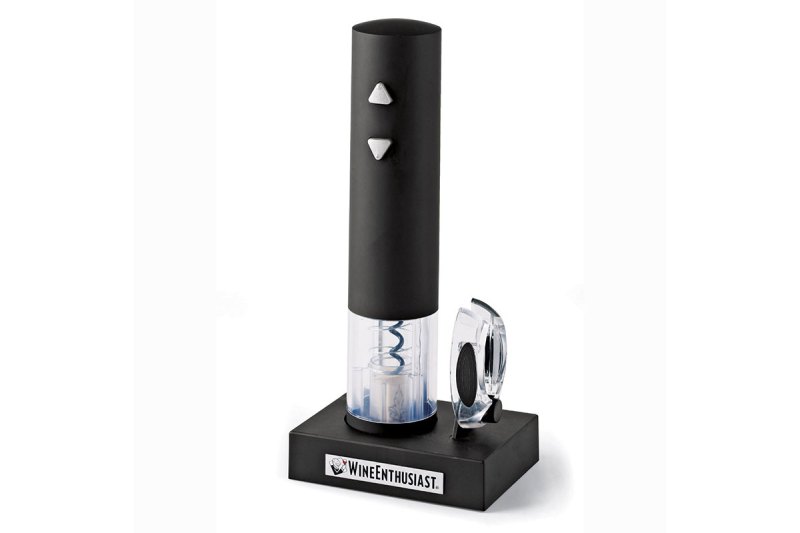
You probably won’t see many of this variety of electric corkscrew out on the floor of Michelin-starred restaurants any time in the near future due to the distracting mechanical noise these things tend to make. The big selling point for this type of opener, however, is that it’s extremely helpful—indispensable, even—for anyone with a physical disability that makes gripping or pulling a problem.
Two-Pronged/Butler’s Thief Type $16
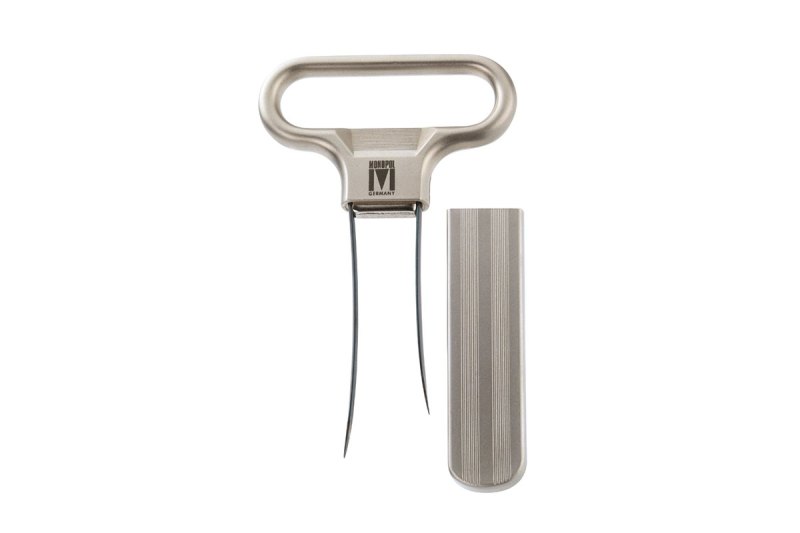
This type of wine opener is less common in the United States, but they are prominent in Europe, and especially Germany. If you have a very old bottle of wine with a brittle cork, this is one of the safest ways to remove it without damaging it. It’s novelty also adds a little bit of table-side flare.
Waiter’s Key Type $15
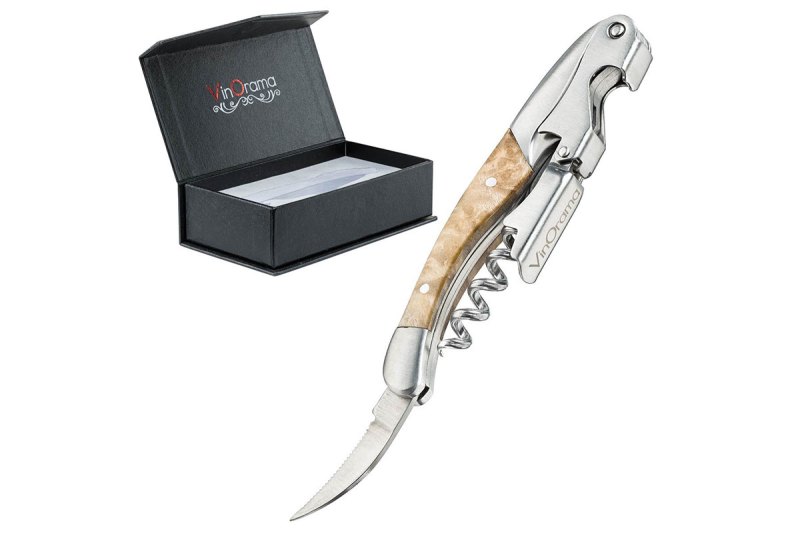
Every server in every restaurant around the country carries a wine key just like this, and for good reason. The two-step lever helps you maintain optimal mechanical advantage while simultaneously helping to keep the cork intact. It’s not flashy, but it’s incredibly practical and a good back-up to have around if you want to use a more expensive device as your main opener.
Wing Type $9
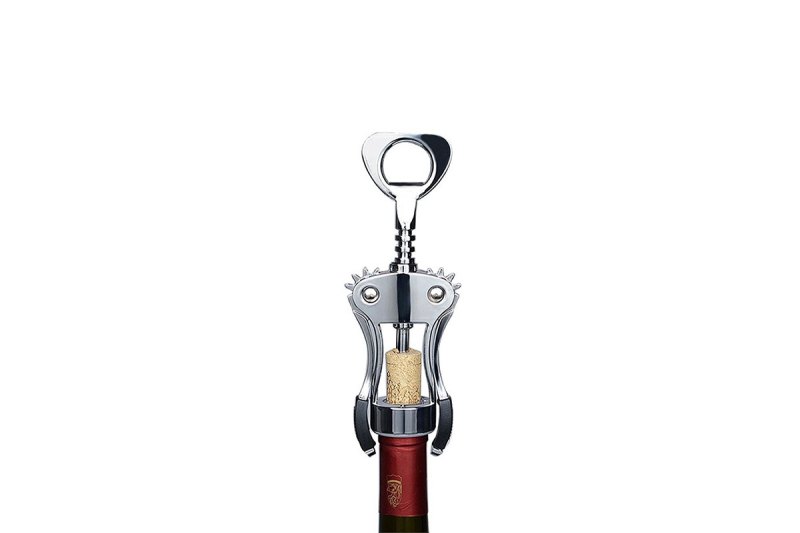
If you open up the drawer marked “miscellaneous” in any given kitchen in America, you’ll probably find one of these. They are, for the most part, functional, although the thick screws of the cheaper models can destroy corks in a second, and the odd force distribution of the duel wings means you can’t steady the bottle with your free hand. Consider exploring other options if you’ve never tried anything else.
Countertop Mounted Type $48
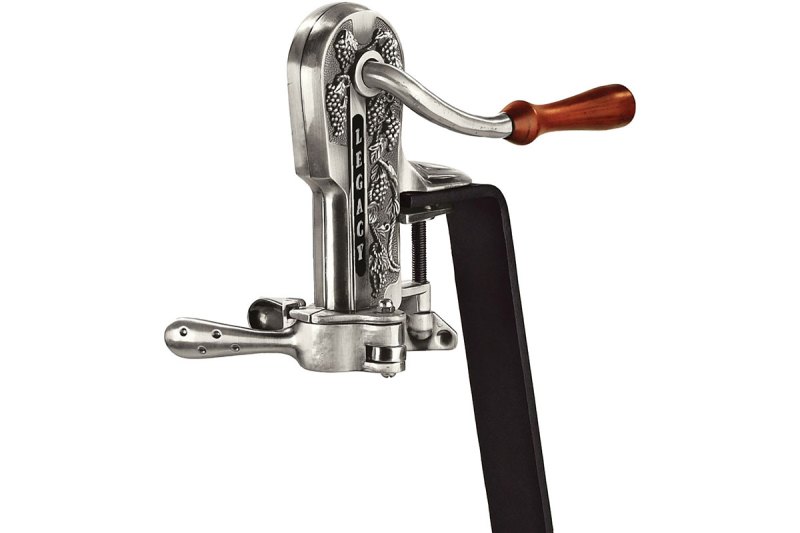
To be installed on a counter or tabletop, this type of opener is easy to use and gets around the stability problem posed by some other non-anchored openers. Because it is installed, however, it may not work for those whose apartment rental agreement forbids drilling into the countertops, and it also may not fit into your house’s interior design scheme.
Self-Pulling/Twisting Type $7
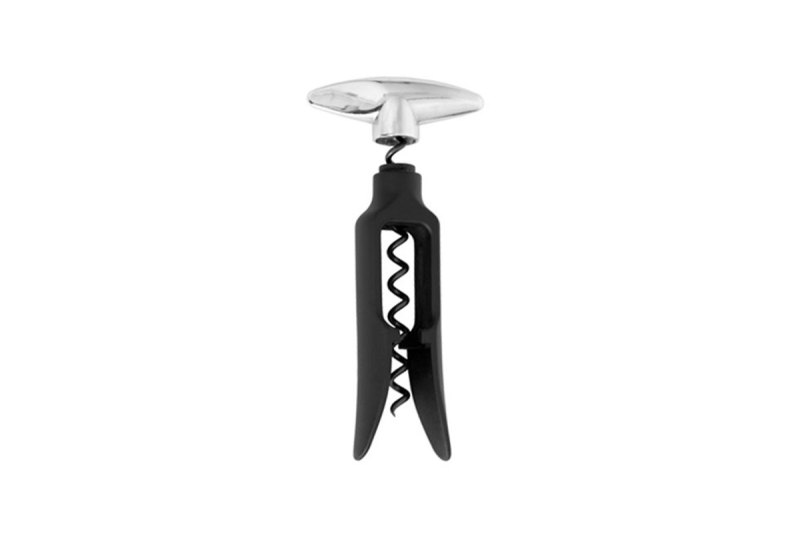
A full glass is only a few quick twists away with this type of self-pulling opener. The worm spirals into the cork and, without even having to change the direction you are turning, pulls it back out. If this type of opener takes a little more time to get the job done than the levered models, it’s often easier, too.
Rabbit/Lever Type $30
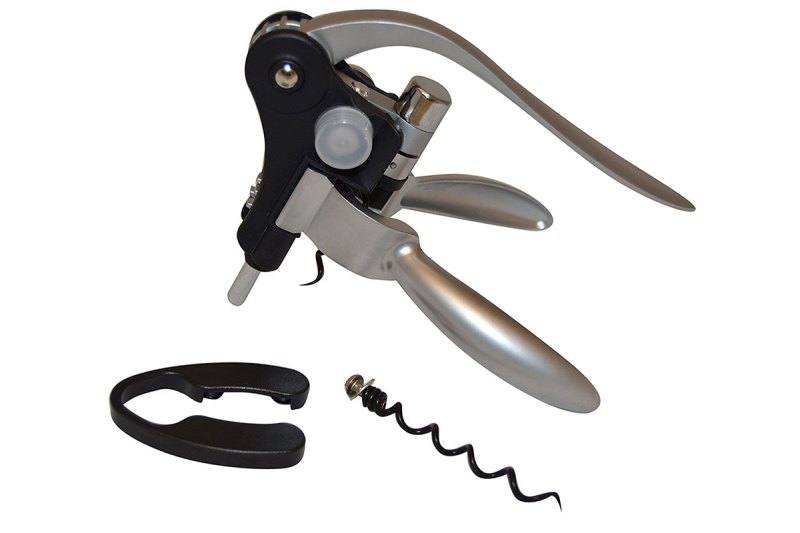
With the rabbit/lever variety, you just clamp on the device, push the lever down and then pull it out. Very simple, very easy. The ergonomic grips of these make them pragmatic, but it also makes them bulky and less aesthetically pleasing than some of the other models. This model is perfect for the person who chooses the comfy clogs over the stylish wingtips.
Cork Pops CO2 Gas Opener $22

With the help of pressurized CO2 gas, the Cork Pops opener makes opening even the most stubborn bottle a cinch. You slide the needle into the cork, press on the canister in the back, and the cork comes out. You do, however, have to purchase and change gas canisters.
Coravin Wine System $300

In a sense, this isn’t really a wine opener because the whole point of the device is to get to the wine without opening the bottle and thus exposing its contents to damaging oxygen. This system will allow you to take tastes of wine in your cellar to see how they are aging without actually disrupting the delicate chemistry of the aging process. It’s expensive, but if you already have several thousand invested in wine, a few hundred dollars probably isn’t going to make that big of a difference to your bank account.


